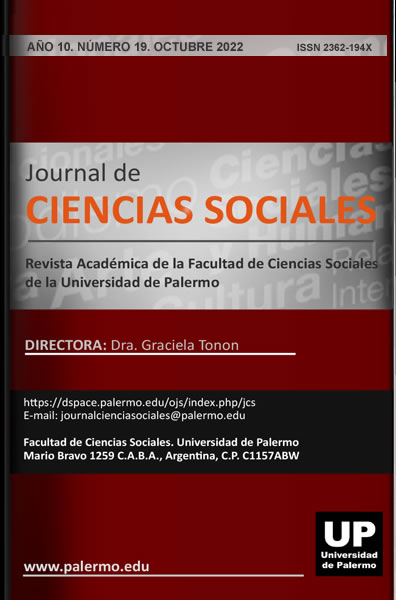Inequities and Quality of Life in Argentina. Geography and Quality of Life in Argentina
Abstract
This book explores the inequalities in the quality of life in Argentina from an interdisciplinary perspective. The text consists of nine chapters presenting contributions from disciplines in the social sciences (geography, economics, demography, history) and social medicine (mainly focused on non-communicable diseases). Each chapter covers the entire territory of Argentina, using two geographic scales (departments and provinces) and multiple time periods, from 1980 to 2013. A variety of data sources were used, from national censuses, vital statistics, and population surveys. The book can be divided into two parts. The first
consists of the first three chapters, focused on the geography of living conditions (poverty, and human development index and its variants in Argentina). A second part is focused on the health geography of two demographic groups (women and adolescents) and on the risk factors and morbidity and mortality of non-communicable diseases. These health outcomes were related to indicators of the socioeconomic level of the provinces. This book constitutes an excellent opportunity for those who, not familiar with the Spanish language, are interested in the study of inequities in quality of life and, in particular, a current overview of the Geography of Health in Argentina.
Downloads
The authors retain the rights to their work guaranteeing this journal the right of first publication, committing to cite the Journal of Social Sciences as a reference of the original publication.
The works published in the Journal are published under the terms indicated in the Creative Commons License with the International Attribution 4.0 (CC BY 4.0).




























